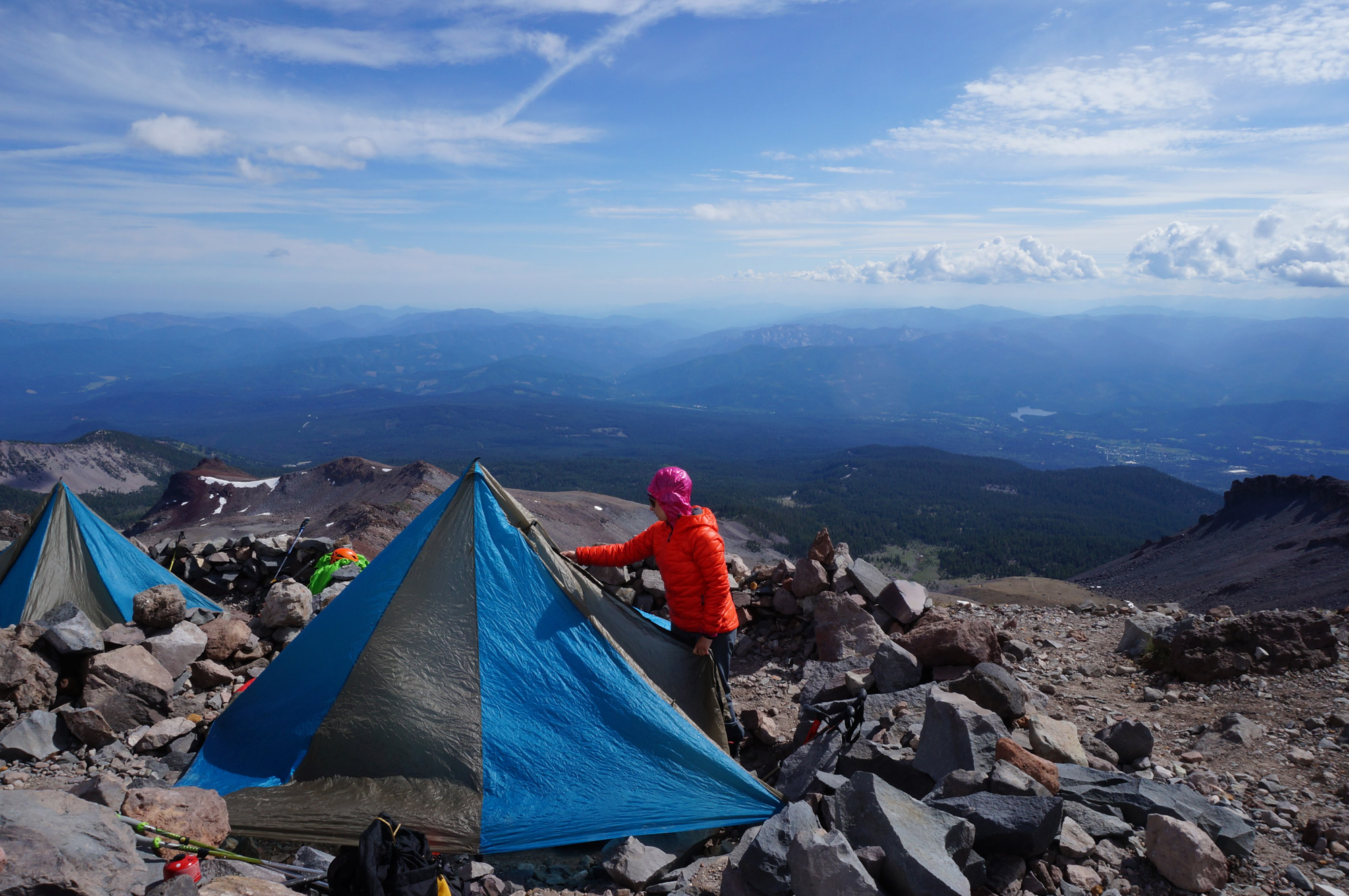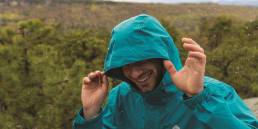Two summers ago, we were preparing for a trip to California’s Mount Shasta. Our group of four had plans to climb up multiple routes—Avalanche Gulch as a “warm up” and then either Casaval Ridge or a glaciated route on the mountain’s north side.
But, as we began to pile the gear into duffels for our cross-country flight, we realized we had a problem: We needed to bring a lot of gear. As the duffels quickly filled with ropes, crampons, ice axes, tents, stoves, and sleeping pads, our concerns grew. How were we going to get everything across the country and then up the mountain?
Packing “Creatively”
Not wanting to pay through the nose for extra or overweight bags, we each began to look closely at the gear we truly “needed” to bring. A first pass allowed us to cull some stuff. Out went the mountaineering tent in favor of a tarp shelter, and we did the same for a second stove. Climbing gear was pared to only essentials. But, this only got us so far. Our duffels were still too many and too heavy.
One thing we recognized was that, while airline staff measure your carry-on, they don’t weigh it. So, we filled our carry-ons with all the heavy stuff. But, since most mountaineering gear is sharp, and thus can’t be in the passenger cabin, this too only got us so far. Furthermore, some permissible items, like our closed-cell sleeping pads, didn’t fit, no matter how creatively we tried to stuff them.

Burrito-Sized Comfort
Enter the lightweight and super-small Sea to Summit UltraLight Sleeping Pad.
It was around the time that Sea to Summit entered the sleeping pad market, and their first salvo looked like it already hit its mark. The pad packed to the size of a small burrito, and the regular size weighed just 12.5 ounces. When we saw it, a light bulb went on. It looked exceptionally comfortable and, more importantly, would fit in our carry-ons.
But, we were all initially dubious: Would the lightweight material stand up to several nights of rocky bivvies on Shasta, especially now that we had skimped on a tent with a floor? And, the thought of the pad popping, and a sleepless night at altitude before that all-too-early wake-up call left us wondering whether the expenditure was worth the risk.
Still Climbing
Turns out, the pad was way better than expected. It packed up as small as advertised. Due to its 181 Air Sprung Cells creating little pockets of air to lift you two inches off the ground, it also proved to be even more comfortable than we anticipated. Specifically, the cells help prevent the air from shifting under your body weight and provide even support across the entire mattress while never producing the bouncy-castle feel of other inflatable pads. Finally, durability wise, it survived several days on Shasta with ease, and has since become a fixture of our overnight kits. And, for those taking the pad to cooler climates, the insulated versions are sure to keep you toasty.
On our trip to Mount Shasta, the Sea to Summit UltraLight Pad more than paid for itself by helping us avoid extra baggage fees. And, over the years, it has continued to pay its way by keeping our luggage under the airline’s restrictions. Furthermore, having the pad in our carry-ons benefitted one trip in particular, as we had a near-miss with an airport bivvy.
These days, whether we’re doing a trip out West, a long hike like the Pemi Loop, or a stealth car bivy in a random parking lot, it’s a sure bet that the Sea to Summit UltraLight Pad is there to let us sleep in comfort.

Tim Peck and Doug Martland
Tim and Doug met long ago at the Eastern Mountain Sports in Canton, Massachusetts. Bonding over a love of slick Quincy Quarry granite, White Mountain sufferfests, and scheming up adventures while folding tee-shirts, today Tim and Doug collaborate to write about their favorite outdoor activities and occasionally get nostalgic about tee-shirt tables.
Related Posts
2 Comments
Comments are closed.





[…] closed-cell foam pad, like the Therm-A-Rest Z Lite Sol, on the bottom with an inflatable, like the Sea to Summit Ultralight, on top. Pro tip: Closed-cell foam pads also work great around camp, and are much warmer than […]
[…] important, a lightweight bivy combined with a Sea to Summit UltraLight Pad and, if you’re hiking with multiple friends, a lightweight sleeping bag can be a lifesaver if […]